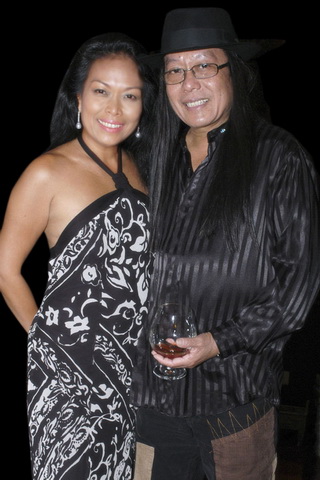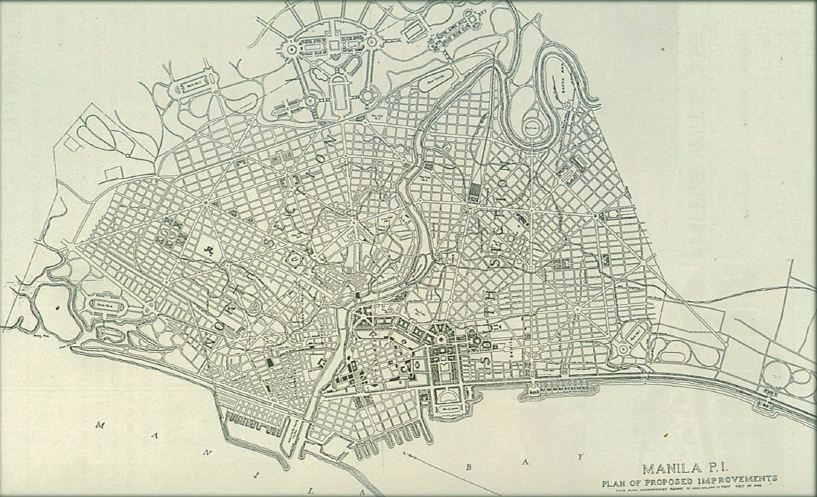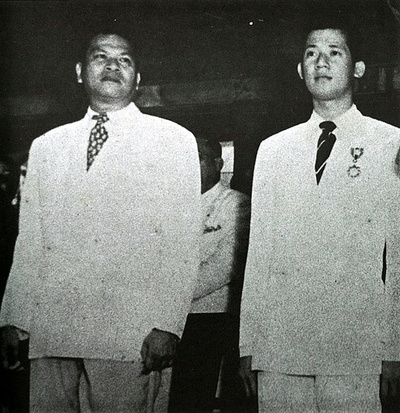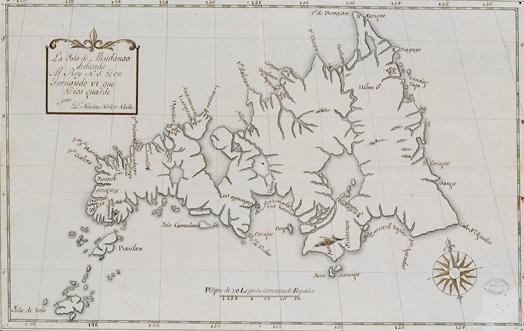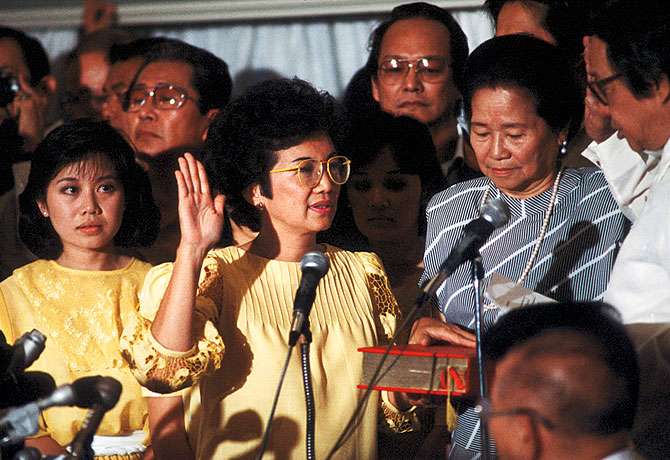|
Freddie Aguilar
Ferdinand "Freddie" Pascual Aguilar (; February 5, 1953 – May 27, 2025), also known by his Muslim name Abdul Farid, was a Filipino musician regarded as one of the pillars and icons of Original Pilipino Music (OPM). He was best known for his international hit, "Anak" (1978), which became the best-selling Philippine music record of all time, selling 33 million copies worldwide, and the only Filipino song translated into 51 languages. His rendition of "Bayan Ko" became the anthem of the opposition against the regime of Ferdinand Marcos during the 1986 People Power Revolution. He was heavily associated with Pinoy rock. Early life Aguilar was born on February 5, 1953, in Santo Tomas, Isabela. He began composing his own songs at age 14. Aguilar studied electrical engineering at De Guzman Institute of Technology but did not finish the degree program. Instead he pursued music, became a street musician, and then a folk club and bar musician. At the age of 18, Aguilar parted ways with h ... [...More Info...] [...Related Items...] OR: [Wikipedia] [Google] [Baidu] |
Santo Tomas, Isabela
Santo Tomas, officially the Municipality of Santo Tomas (; ; ), is a municipality in the province of Isabela, Philippines. According to the 2020 census, it has a population of 24,528 people. History The municipality was established in 1949 from several barrios of Cabagan. In 1952, Santo Tomas lost two barrios when the barrios of Abut and Minagbag were transferred to the newly created town of Mallig. In 1961, those barrios were transferred to the newly created municipality of Quezon. Geography Santo Tomas is a landlocked municipality situated in the northern portion of the province of Isabela. It is bounded to the west by Quezon, to the south by Delfin Albano, to the southeast by Tumauini, to the north and northeast by Cabagan and the Cagayan River. Santo Tomas is situated from the provincial capital Ilagan, and from the country's capital city of Manila. Barangays Santo Tomas is politically subdivided into 27 barangays. Each barangay consists of puroks while some ha ... [...More Info...] [...Related Items...] OR: [Wikipedia] [Google] [Baidu] |
Ermita
Ermita is a district in central Manila, Philippines. It is a significant center of finance, education, culture, and commerce. Ermita serves as the civic center of Manila, bearing the seat of city government and a large portion of the area's employment, business, and entertainment activities. Private and government offices, museums, and universities thrive in Ermita. It is also home to several tourist attractions and landmarks, including Rizal Park. Ermita and its neighboring district Malate, Manila, Malate were originally posh neighborhoods for Manila's High society (social class), high society during the early 20th century, where large, grandiose mansions once stood. Ermita and its surroundings were heavily bombed and flattened during the Second World War after it became a battleground during the Manila massacre. After the war, Ermita and its twin district, Malate, had undergone commercialization, shifting from a sprawling upscale suburb to a commercial district. History ... [...More Info...] [...Related Items...] OR: [Wikipedia] [Google] [Baidu] |
Benigno Aquino Jr
Benigno "Ninoy" Simeón Aquino Jr., (, ; November 27, 1932 – August 21, 1983) was a Filipino politician who served as a senator of the Philippines (1967–1972) and governor of the province of Tarlac (1963–1967). Aquino was the husband of Corazon Aquino, who became the 11th president of the Philippines after his assassination, and father of Benigno Aquino III, who became the 15th president of the Philippines. Aquino, together with Gerry Roxas and Jovito R. Salonga, helped form the leadership of the Liberal Party-based coalition against ex-President Ferdinand Marcos. Aquino was the significant emotional leader, who together with the intellectual leader Sen. Jose W. Diokno, led the overall opposition. Early in his Senate career, Aquino vigorously attempted to investigate the Jabidah massacre in March 1968. Shortly after the imposition of martial law in 1972, Aquino was arrested along with other members of the opposition. He was incarcerated for seven years. He has ... [...More Info...] [...Related Items...] OR: [Wikipedia] [Google] [Baidu] |
Jose Corazon De Jesus
José Cecilio Corazón de Jesús y Pangilinan (November 22, 1896 – May 26, 1932), also known by his pen name Huseng Batute, was a Filipino poet who used Tagalog poetry to express the Filipinos' desire for independence during the American occupation of the Philippines, a period that lasted from 1901 to 1946. He is best known for being the "Hari ng Balagtasan" ( King of Balagtasan), and for being the lyricist of the Filipino patriotic song "Bayan Ko". Early life De Jesús was born on November 22, 1896 in Santa Cruz, Manila, to Vicente de Jesús, the first health bureau director of the American occupation government, and Susana Pangilinan of Pampanga. He was christened ''José Cecilio de Jesús'' but he later dropped ''Cecilio'' and replaced it with the Spanish name ''Corazón'' (heart) because he said it best described his character. De Jesús spent his childhood in Santa Maria, his father's hometown. He completed his education at the Liceo de Manila, where he graduated in ... [...More Info...] [...Related Items...] OR: [Wikipedia] [Google] [Baidu] |
Visayas
The Visayas ( ), or the Visayan Islands (Bisayan languages, Visayan: ''Kabisay-an'', ; Filipino language, Filipino: ''Kabisayaan'' ), are one of the three Island groups of the Philippines, principal geographical divisions of the Philippines, along with Luzon and Mindanao. Located in the central part of the archipelago, it consists of several islands, primarily surrounding the Visayan Sea, although the Visayas are also considered the northeast extremity of the entire Sulu Sea. Its inhabitants are predominantly the Visayan peoples. The major islands of the Visayas are Panay, Negros, Cebu Island, Cebu, Bohol Island, Bohol, Leyte and Samar. The region may also include the provinces of Palawan, Romblon, and Masbate, whose populations identify as Visayan and whose languages are more closely related to other Visayan languages than to the major languages of Luzon. There are four administrative Regions of the Philippines, regions in the Visayas: Western Visayas (pop. 4.73 million), Neg ... [...More Info...] [...Related Items...] OR: [Wikipedia] [Google] [Baidu] |
Luzon
Luzon ( , ) is the largest and most populous List of islands in the Philippines, island in the Philippines. Located in the northern portion of the List of islands of the Philippines, Philippine archipelago, it is the economic and political center of the nation, being home to the country's capital city, Manila, as well as Quezon City, the country's most populous city. With a population of 64 million , it contains 52.5% of the country's total population and is the List of islands by population, 4th most populous island in the world. It is the List of islands by area, 15th largest island in the world by land area. ''Luzon'' may also refer to one of the three primary Island groups of the Philippines, island groups in the country. In this usage, it includes the Luzon Mainland, the Batanes and Babuyan Islands, Babuyan groups of islands to the north, Polillo Islands to the east, and the outlying islands of Catanduanes, Marinduque and Mindoro, among others, to the south. The islands o ... [...More Info...] [...Related Items...] OR: [Wikipedia] [Google] [Baidu] |
Superpower
Superpower describes a sovereign state or supranational union that holds a dominant position characterized by the ability to Sphere of influence, exert influence and Power projection, project power on a global scale. This is done through the combined means of economic, military, technological, political, and cultural strength as well as International relations, diplomatic and soft power influence. Traditionally, superpowers are preeminent among the great powers. While a great power state is capable of exerting its influence globally, superpowers are states so influential that no significant action can be taken by the global community without first considering the positions of the superpowers on the issue. In 1944, during World War II, the term was first applied to the British Empire, the Soviet Union, and the United States. During the Cold War, the British Empire dissolved, leaving the United States and the Soviet Union to dominate world affairs. At the end of the Cold War and the ... [...More Info...] [...Related Items...] OR: [Wikipedia] [Google] [Baidu] |
Mindanao
Mindanao ( ) is the List of islands of the Philippines, second-largest island in the Philippines, after Luzon, and List of islands by population, seventh-most populous island in the world. Located in the southern region of the archipelago, the island is part of an island group of the same name that also includes its adjacent islands, notably the Sulu Archipelago. According to the 2020 census, Mindanao had a population of 26,252,442, while the entire island group had an estimated population of 27,021,036. Mindanao is divided into six administrative regions: the Zamboanga Peninsula, Northern Mindanao, the Caraga region, the Davao Region, Davao region, Soccsksargen, and the autonomous region of Bangsamoro. According to the 2020 census, Davao City is the most populous city on the island, with 1,776,949 people, followed by Zamboanga City (pop. 977,234), Cagayan de Oro (pop. 728,402), General Santos (pop. 697,315), Butuan (pop. 372,910), Iligan (pop. 363,115) and Cotabato City (pop. ... [...More Info...] [...Related Items...] OR: [Wikipedia] [Google] [Baidu] |
Moro Conflict
The Moro conflictFernandez, Maria. (2017). Implementing Peace and Development in the Bangsamoro: Potentials and Constraints of Socio-Economic Programs for Conflict-Affected Areas in Southern Philippines (1913-2015). 10.13140/RG.2.2.14829.33763.Steven Rood. “Forging Sustainable Peace in Mindanao: The Role of Civil Society”, Policy Studies 17, Washington: East-West Center, 2005, p.22 was an insurgency in the Mindanao region of the Philippines which involved multiple armed groups. A decades-long peace processStephens, Matthew. “Prospects for Lasting Peace in Mindanao: Peacemaking and Peacebuilding under the Aquino and Duterte Administrations.” Chapter. In From Aquino II to Duterte (2010–2018): Change, Continuity—and Rupture, edited by Imelda Deinla and Bjšrn Dressel, 207–38. Lectures, Workshops, and Proceedings of International Conferences. ISEAS–Yusof Ishak Institute, 2019. has resulted in peace deals between the Philippine government and two major armed groups ... [...More Info...] [...Related Items...] OR: [Wikipedia] [Google] [Baidu] |
Title Track
A title track is a song that has the same name as the album An album is a collection of audio recordings (e.g., music) issued on a medium such as compact disc (CD), Phonograph record, vinyl (record), audio tape (like 8-track cartridge, 8-track or Cassette tape, cassette), or digital distribution, dig ... or film in which it appears. In the Korean music industry, the term is used to describe a promoted song on an album, akin to a single, regardless of the song's title. Title track may also refer to: Music * "Title Track", a song by Death Cab for Cutie from their 2000 album '' We Have the Facts and We're Voting Yes'' * "The Title Track", a song by The Fold from their 2006 album ''This Too Shall Pass'' (album) * "Title Track", a song by Okkervil River from their 2007 album '' The Stage Names'' * "Title Track", a song by Polvo from their 1995 EP '' This Eclipse'' * "Title Track", a song by Amos the Transparent from their 2007 album ''Everything I've Forgotten to Forget'' * ... [...More Info...] [...Related Items...] OR: [Wikipedia] [Google] [Baidu] |
The Philippine Star
''The Philippine Star'' (self-styled ''The Philippine STAR'') is an English-language newspaper in the Philippines and the flagship brand of the Philstar Media Group. First published on July 28, 1986, by veteran journalists Betty Go-Belmonte, Max Soliven and Art Borjal, it is one of several Philippine newspapers founded after the 1986 People Power Revolution. Its sister publications include business newspaper '' BusinessWorld''; Cebu-based, English-language broadsheet '' The Freeman''; Filipino-language tabloids '' Pilipino Star Ngayon'' and ''Pang-Masa''; Cebuano-language tabloid ''Banat'', online news portals Philstar.com, PhilstarLife.com, Interaksyon (formerly with News5), LatestChika.com, Wheels.PH, PropertyReport.PH, Multiverse.PH and TV/digital production unit Philstar TV. In March 2014, the newspaper was acquired by MediaQuest Holdings, Inc., a media conglomerate subsidized by the PLDT Beneficial Trust Fund, after the company purchased a majority stake in Philst ... [...More Info...] [...Related Items...] OR: [Wikipedia] [Google] [Baidu] |
